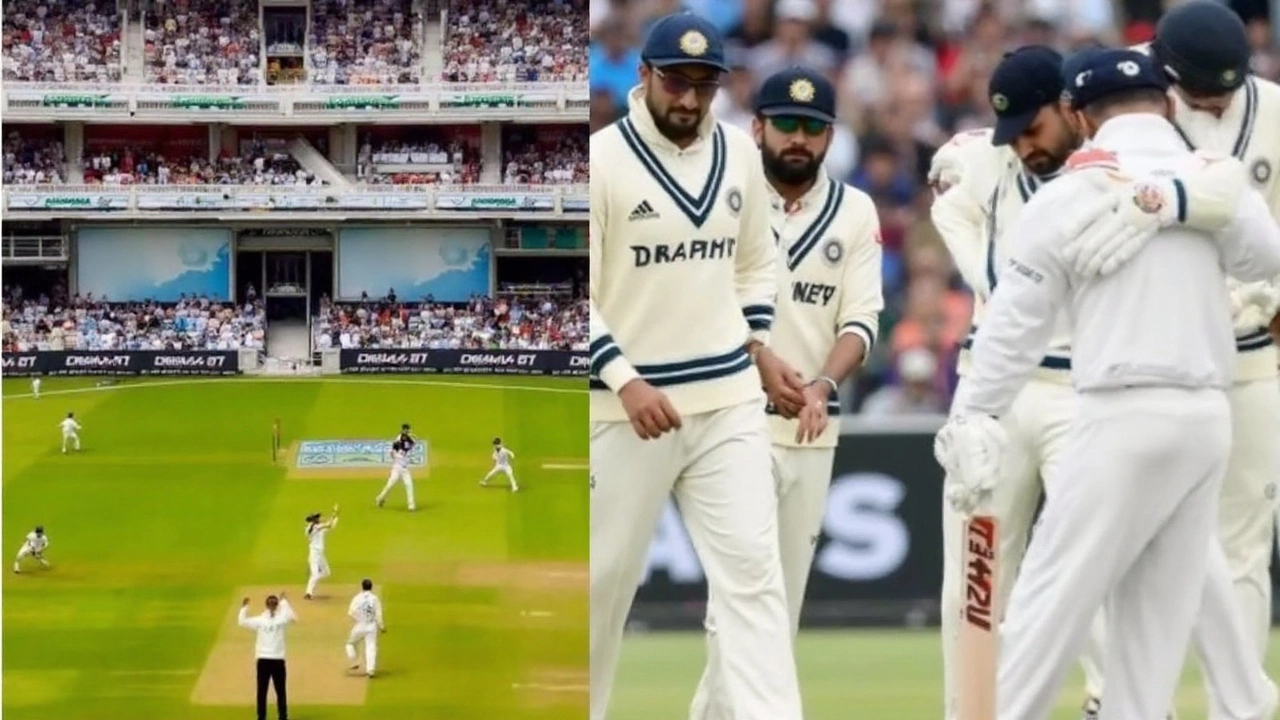Where Day 2 stands
Reliable, real-time numbers from Day 2 of the India vs England 5th Test aren’t in yet. There’s chatter that Yashasvi Jaiswal reached a fifty and India lost two wickets after a bright opening, but without an official scorecard, treat that as early noise, not confirmed fact. What we can do, though, is set the frame: Day 2 often decides whether a side turns a good platform into control or hands the door back to the opposition.
In a fifth Test, the stakes are sharp, whether it’s a decider or a dead rubber with pride at play. If India started well on Day 1, the job on Day 2 is simple in theory and hard in practice: settle early, stretch the lead or first-innings total, and make England chase the game. If England landed blows late on Day 1, Day 2 is their chance to press for a collapse, squeeze the middle order, and flip the script before conditions change.
Jaiswal is central to this moment for one clear reason: he sets tempo. Earlier this year he shredded England’s plans at home with two double hundreds, forcing funky fields and quick bowling changes. His method is direct—pick a length, trust his swing, and keep the bowlers guessing. England, under the Bazball mindset, answer risk with risk: catchers in the deep early, short-ball bursts to cramp him, then spin with attacking fields to tempt the loft. If that rumored fifty is real, their next move is usually to slow him down after drinks and make him earn singles, not boundaries.
The rest of India’s order mirrors the same decision tree. Rohit Sharma’s game is built on leaving well and punishing width; Shubman Gill likes to ride the bounce and run hard; Virat Kohli, if he’s in next, plays the long game, letting bowlers get tired. That blend matters most in the first 45 minutes of Day 2. Lose early wickets there and a platform can shrink fast. Survive it, and the middle session often becomes the scoring window.
For England, Day 2 is about patience. Anderson or Wood with the newish ball, then spin to test footwork. They’ll want maidens, not magic. Dot-ball pressure is their best friend before they go hunting with a sucker ball. You’ll likely see catchers in the ring for drives and a leg slip for the glance—small traps that bring lbw and bat-pad into play.

What shapes the next session
Conditions drive strategy. Second days tend to be kinder to batting in many venues, but the ball can reverse after 35–45 overs, and that changes everything. Reverse swing turns good lengths into wickets, especially against set players trying to rotate. If the surface is dry, spinners grip earlier than expected, which makes strike rotation—those calm nudges into gaps—more valuable than boundary hunting.
If India are indeed two down, the next partnership is the game’s hinge. A stand worth 80–100 runs here usually sets the tone for 350-plus. Anything under 50, with tight bowling, keeps England alive. India’s lower order has added handy runs in recent seasons; if they arrive before the 60th over, England will feel they’ve won the morning.
England’s tactical levers are straightforward: short, sharp pace spells to break rhythm; then spinners in pairs to crowd both edges of the bat. If a batter is flowing through cover, expect straighter lines and a leg-side trap. If someone is stuck on the back foot, watch for full, wobble-seam deliveries targeting pads and stumps. They won’t mind conceding a few if the field puts doubt in the batter’s mind.
India’s checklist is equally clear. Leave well outside off early. Be ruthless with anything short and wide. Keep the singles coming when spin arrives so the strike turns and the bowler can’t settle. If Jaiswal, or whoever is set, crosses the 70–90 mark, you’ll see England stretch the field and pray for a mistake rather than force one.
Here’s what to watch for as updates trickle in:
- Early movement: Is the ball doing enough to threaten the stumps and outside edge?
- Run-rate drift: Anything above 3.5 an over without risks suggests India in control.
- Spin timing: When do England introduce spin, and are edges flying to short leg or slip?
- Reverse swing: Signs around the 40-over mark—late dip, fuller length, lbw in play.
- Field shapes: Defensive sweeper fields mean containment; rings and catchers mean England sense a wicket.
The match equation is simple. If India stack a big first-innings total, the scoreboard will squeeze England into errors. If England rip through the middle, the door swings open for a swift reply and a balanced game by stumps. We’ll update the specifics when verified numbers land; for now, the battle is about time, temperament, and that one partnership that changes everything.
